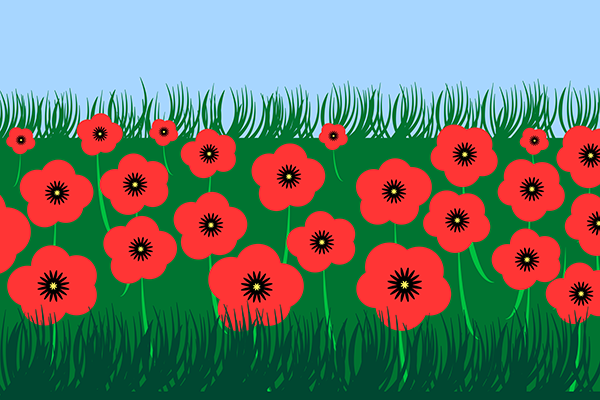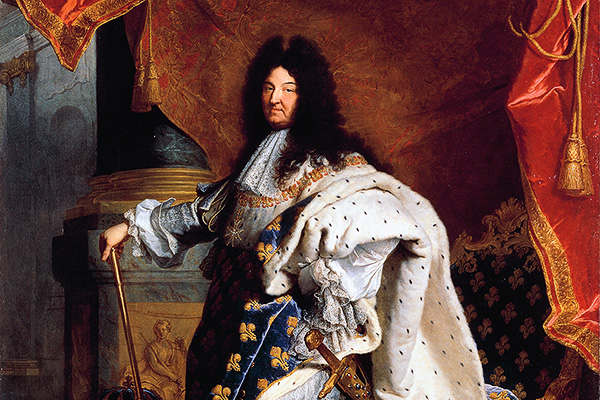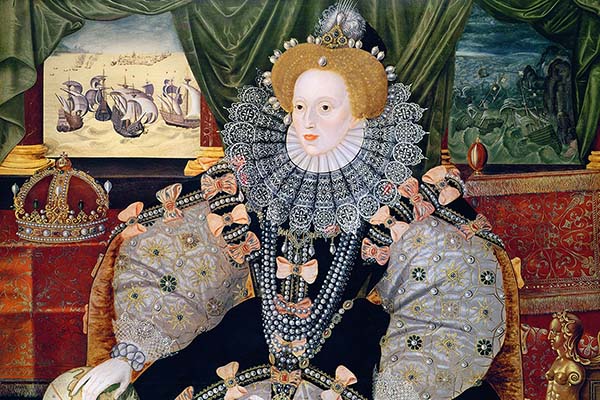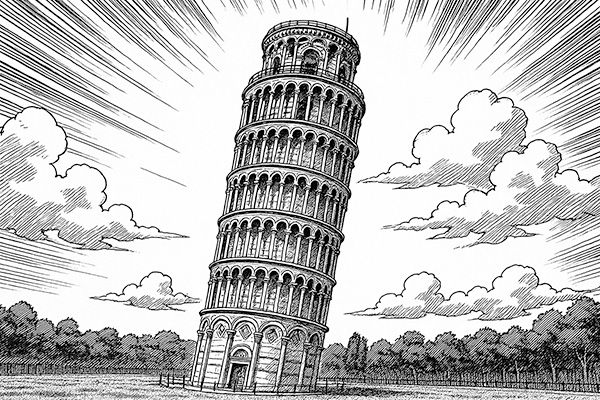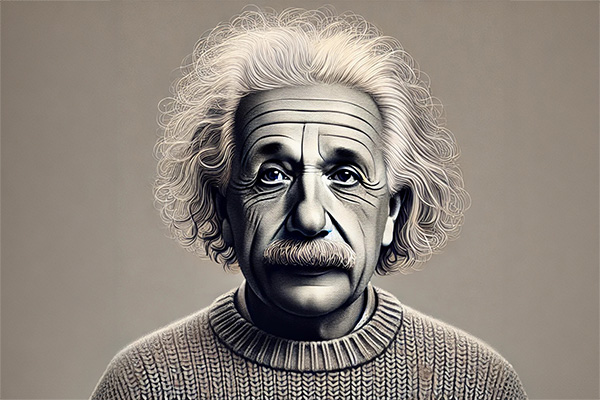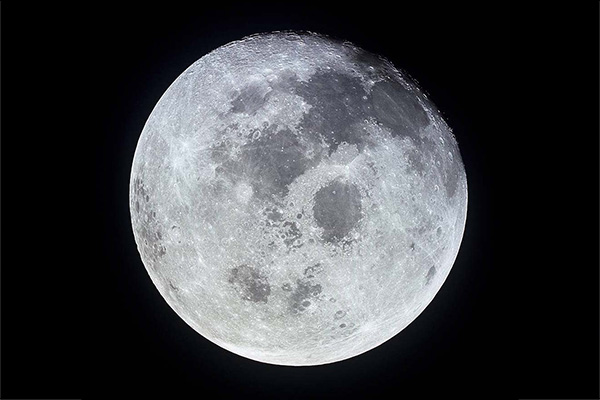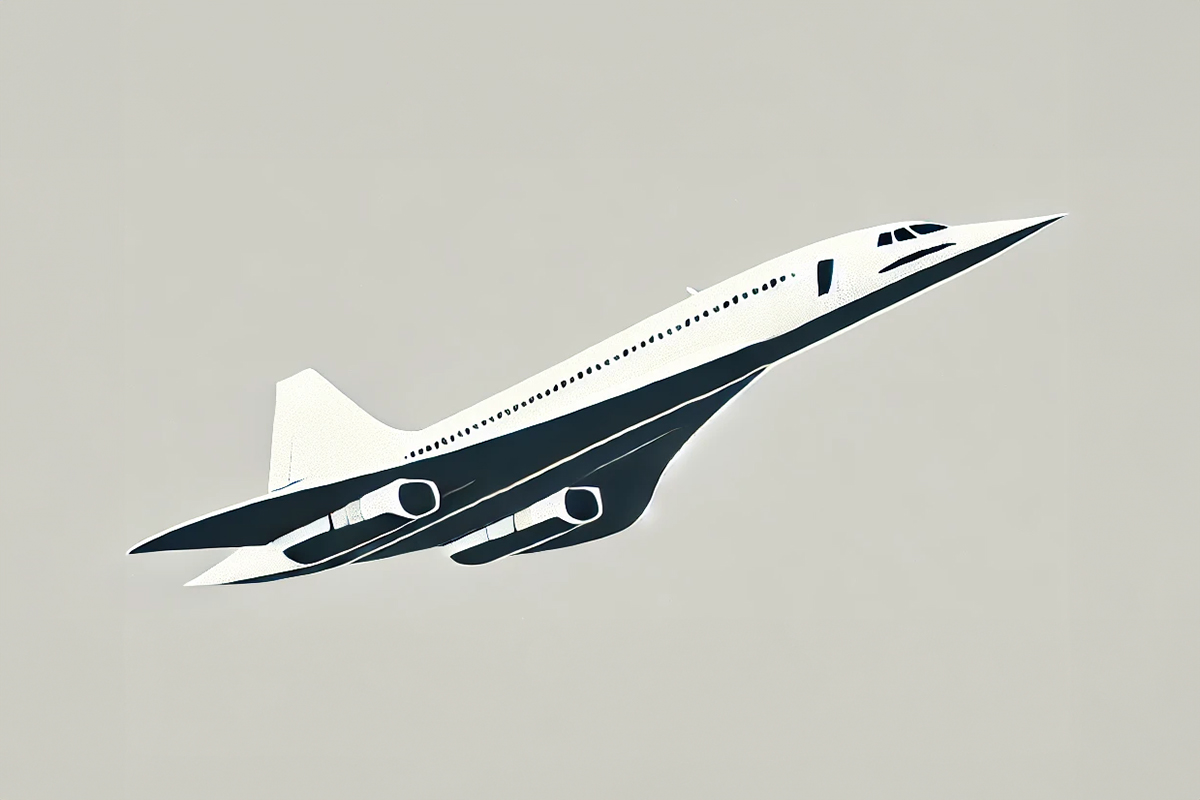
Concorde was one of only two commercial supersonic passenger planes ever to operate. The other, the Soviet Union's Tupolev Tu-144, began passenger flights in November 1977 but was plagued by safety issues and ceased operations in June 1978, after less than a year of service. Concorde, by contrast, operated for 27 years, cementing its place as the most successful supersonic passenger aircraft.
Concorde was developed and built by British and French engineers as part of an international treaty between the two countries rather than a commercial agreement. This meant that if either country backed out, it would face heavy penalties. The two companies involved (British Aircraft Corp and France's Aerospatiale) later merged and worked together to build the planes.
Several major airlines placed non-binding orders for Concorde but backed out due to concerns about safety, environmental and noise pollution, and high costs. Only Air France and British Airways operated Concorde, likely because the aircraft was built by their respective countries. Of the 20 Concordes built, 14 flew commercially'7 for France and 7 for Britain.
As Concorde travelled at more than twice the speed of sound (Mach 2.0, about 1,520 mph), it created a sonic boom'a loud bang or rumble. Complaints about the noise restricted Concorde's routes and forced it to fly sub-sonically on certain journeys. This limitation discouraged airlines from purchasing supersonic aircraft.
The name "Concorde" means agreement in both French and English. British Prime Minister Harold Macmillan briefly removed the "e" as a slight against Charles de Gaulle, but Minister for Technology Tony Benn reinstated it, saying the "e" stood for Excellence, England, Europe, and the Entente Cordiale.
Concorde 001 (built in France) made its first test flight on March 2, 1969, and Concorde 002 (built in the UK) flew on April 9, 1969. Commercial flights began on January 21, 1976, with British Airways flying from London to Bahrain and Air France flying from Paris to Rio.
For its first few years, Concorde operated at a loss. The British Government, which funded the British side of the project, took 80% of the revenue, leaving little profit for the airlines. In the early 1980s, it was discovered that passengers perceived Concorde tickets as more expensive than they were, so ticket prices were increased to match expectations. Combined with falling oil prices, this made Concorde profitable. In 1984, financial ownership was transferred from the British Government to British Airways, which continued to operate Concorde profitably. However, by 2003, British Airways and Air France realized they could make more money by shifting wealthy passengers to First Class on standard aircraft, contributing to Concorde�s retirement.
Concorde flew at altitudes of 50,000 to 55,500 feet (sometimes up to 60,000 feet), allowing passengers to see the curvature of the Earth. It also faced less turbulence, making flights smoother. The fastest recorded flight was New York to London in 2 hours 56 minutes on January 1, 1983. Passengers enjoyed free champagne and fine dining on Wedgwood crockery.
Until 2000, Concorde had no crashes or fatalities. On July 25, 2000, an Air France Concorde crashed after debris from another aircraft ruptured its fuel tank. Concorde's Certificate of Airworthiness was revoked but reinstated in 2001. Commercial service resumed briefly before retirement in 2003.
Concorde was retired in 2003, with Air France's final flight on May 31 and British Airways on October 24. Richard Branson offered to buy the fleet for Virgin Atlantic, but the offer was rejected. Concorde will never fly again.

